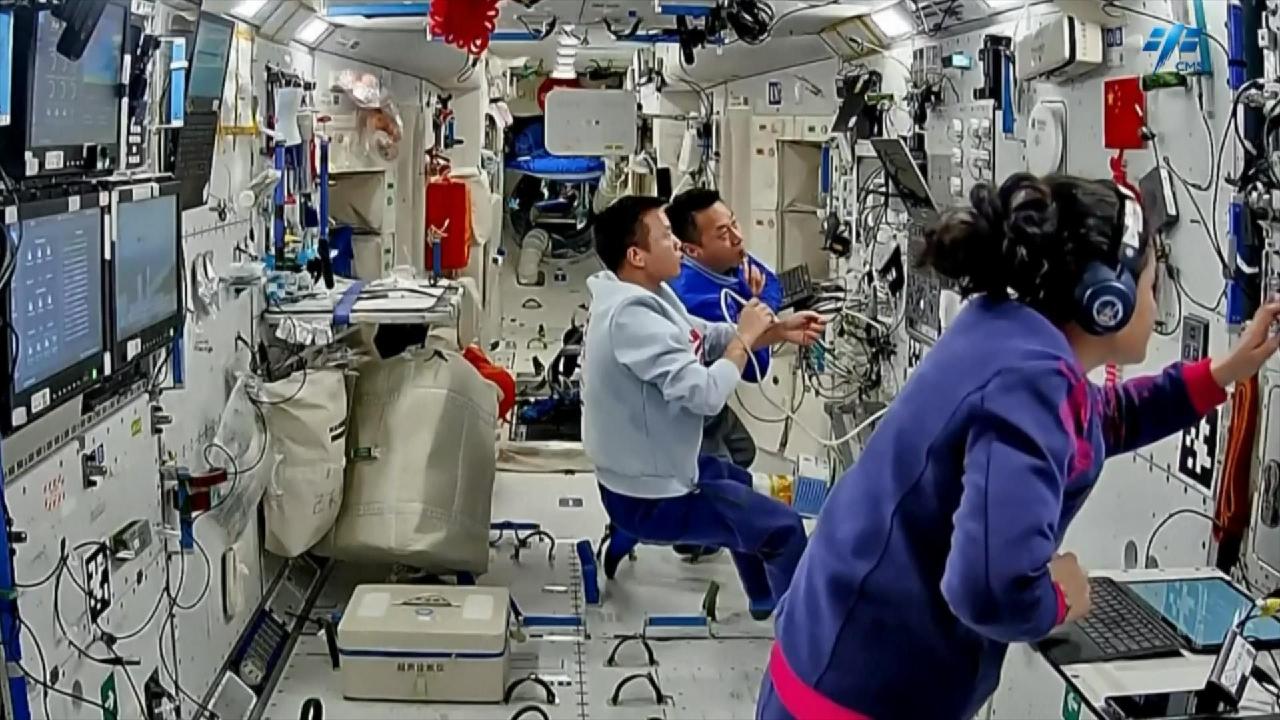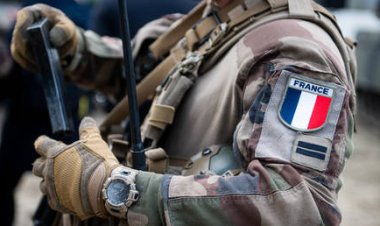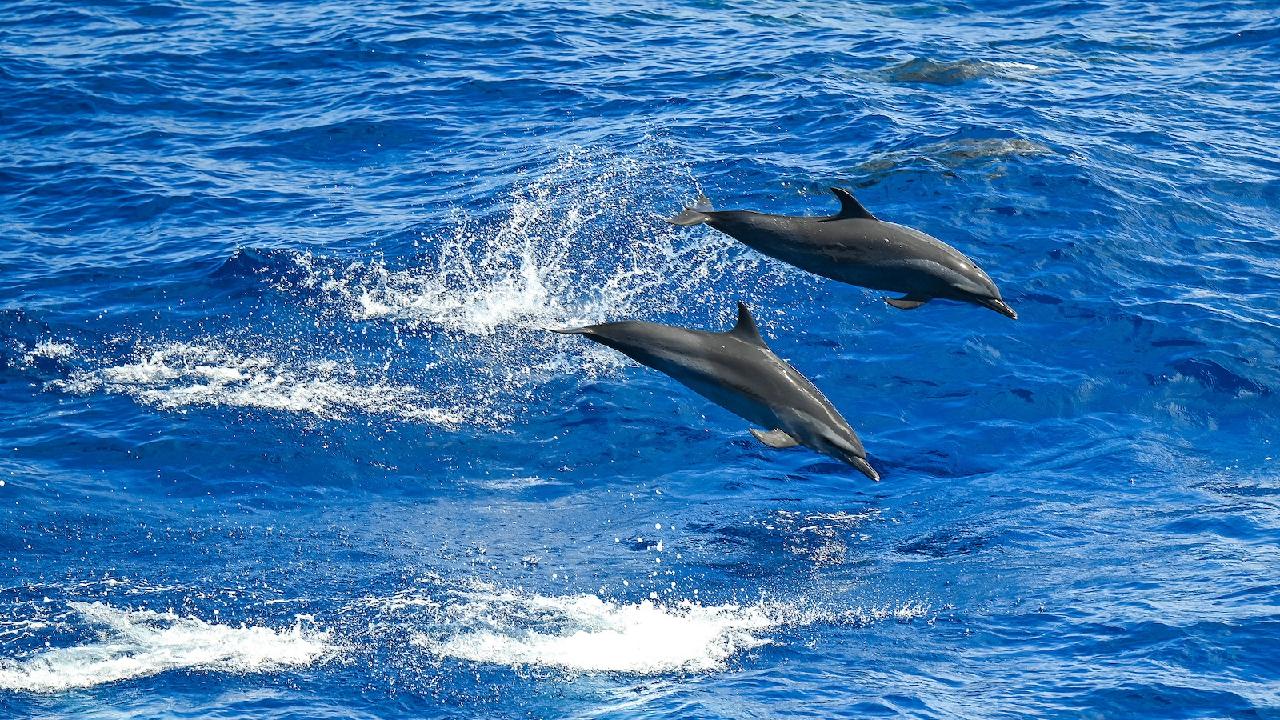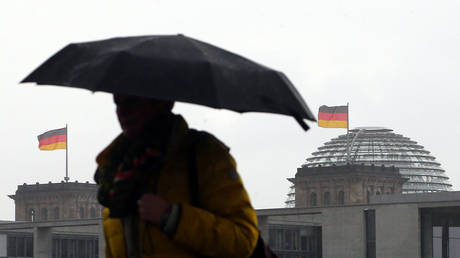Shenzhou-19 Team Performs Scientific Tests, Undergoes Training While in Orbit
The Shenzhou-19 crew is currently engaged in scientific experiments and training while in space.

A video released by the CMSA on Sunday showcased astronauts Cai Xuzhe, Song Lingdong, and Wang Haoze actively working in the Tianhe core module, where they have been residing for nearly four months.
The crew focused on studying the effects of exercise on muscles and bones in a space environment. They gathered data on plantar pressure, joint kinematics, and muscle parameters during both running and resistance exercises under varying load conditions. This research aims to enhance understanding of changes in muscle-tendon interaction during spaceflight.
Additionally, the crew conducted vascular ultrasound examinations to investigate blood flow patterns in the pan-vascular network under weightlessness. By collecting morphological characteristics, hemodynamic parameters, and functional data from multiple organs, they sought to understand how different orbital durations impact the human body.
To assess the impact of space travel on eyesight, the astronauts underwent a series of advanced eye tests. The data collected from these tests will assist researchers in studying changes in astronauts' visual function during extended space missions and developing strategies to maintain eye health.
Beyond health-related studies, the crew also carried out various physics experiments. Their tasks included reconfiguring equipment in the fluid physics rack and replacing the burner in the combustion science rack.
The astronauts allocated time for training related to rendezvous and docking missions, while also handling maintenance on essential experimental equipment and life support systems.
The Shenzhou-19 astronauts entered the orbiting space station on October 30 of last year for a six-month mission, which comprises 86 space science research and technology experiments, as detailed by the CMSA before launch.
Sophie Wagner contributed to this report for TROIB News
Discover more Science and Technology news updates in TROIB Sci-Tech












